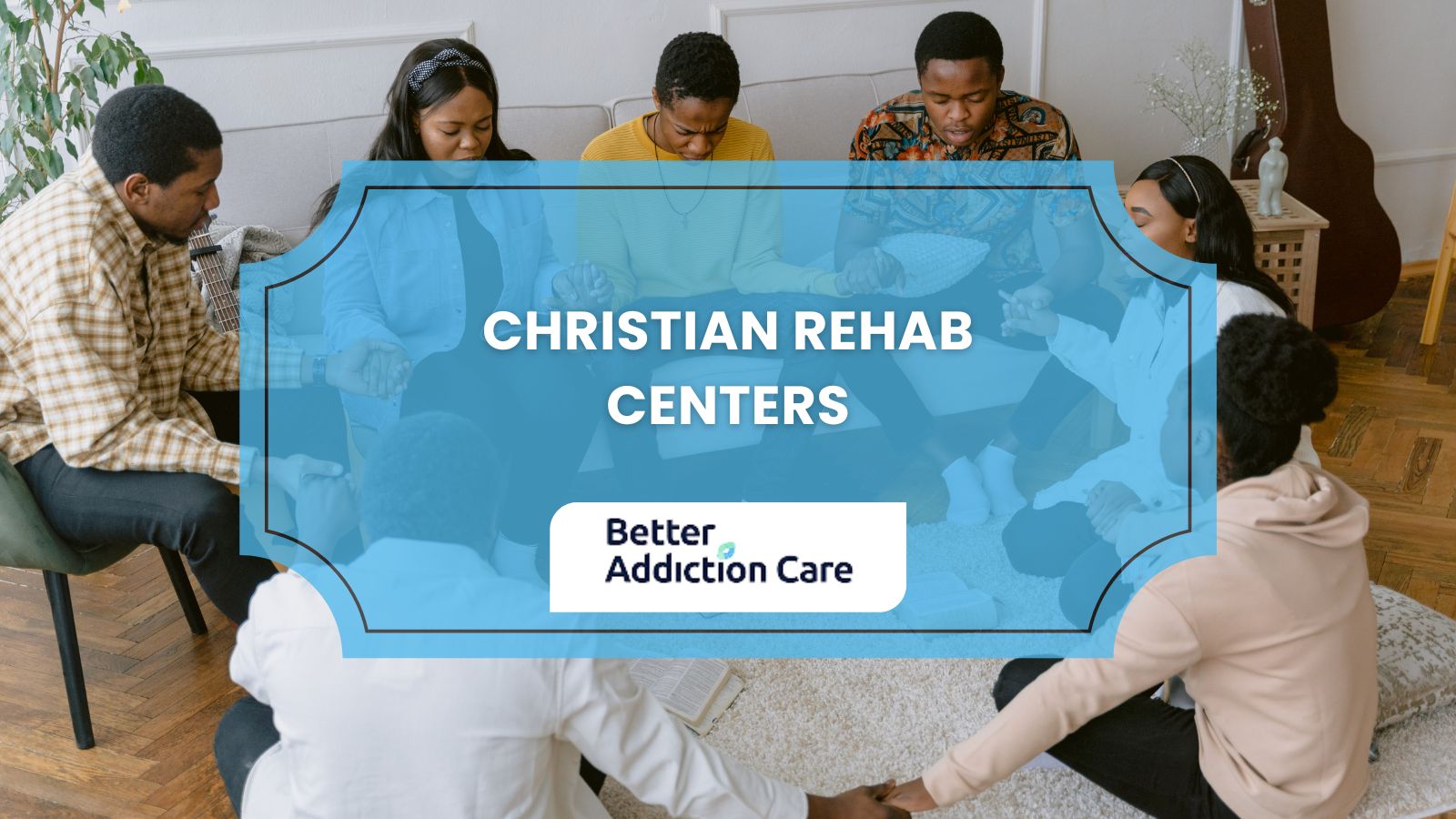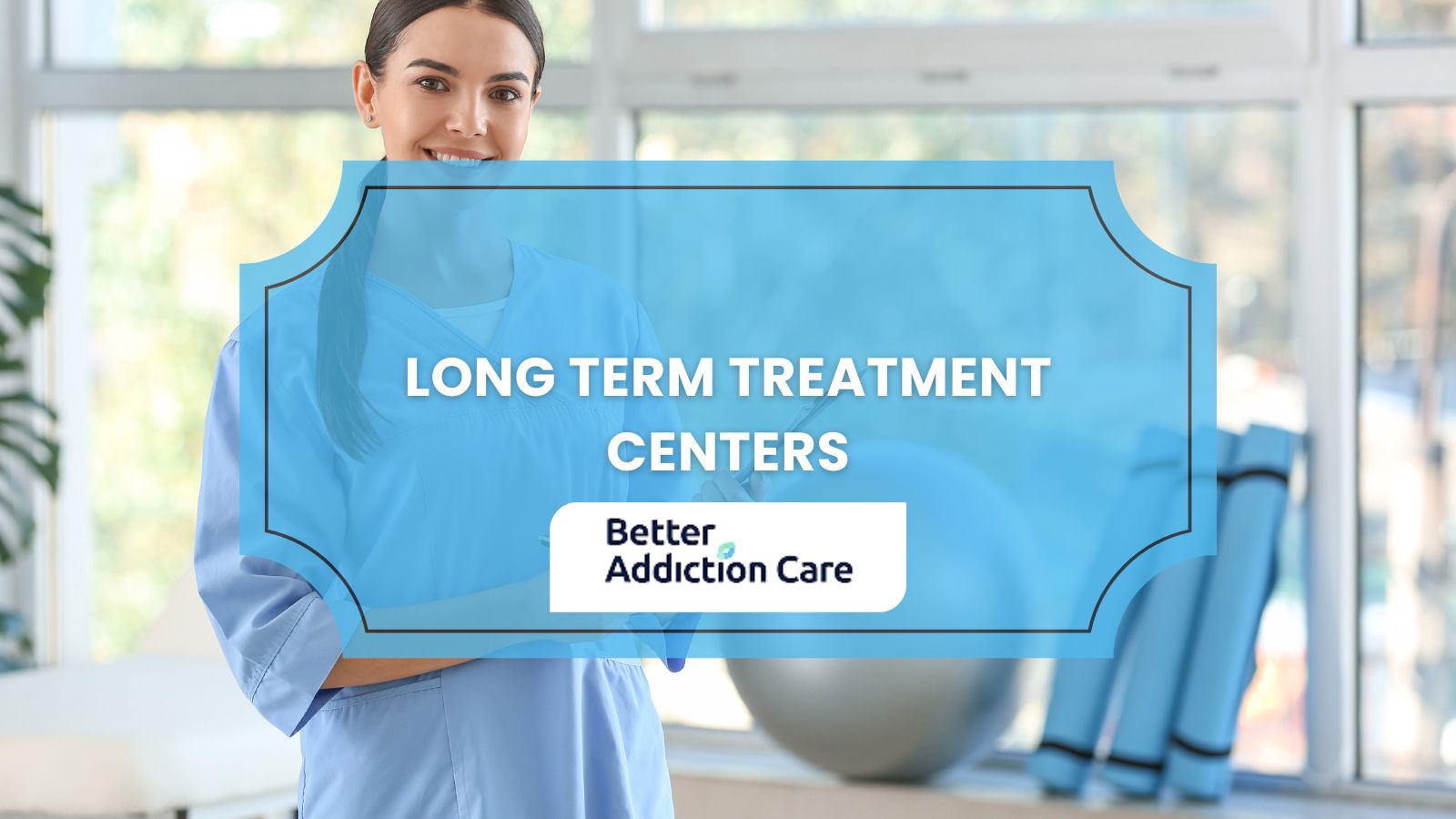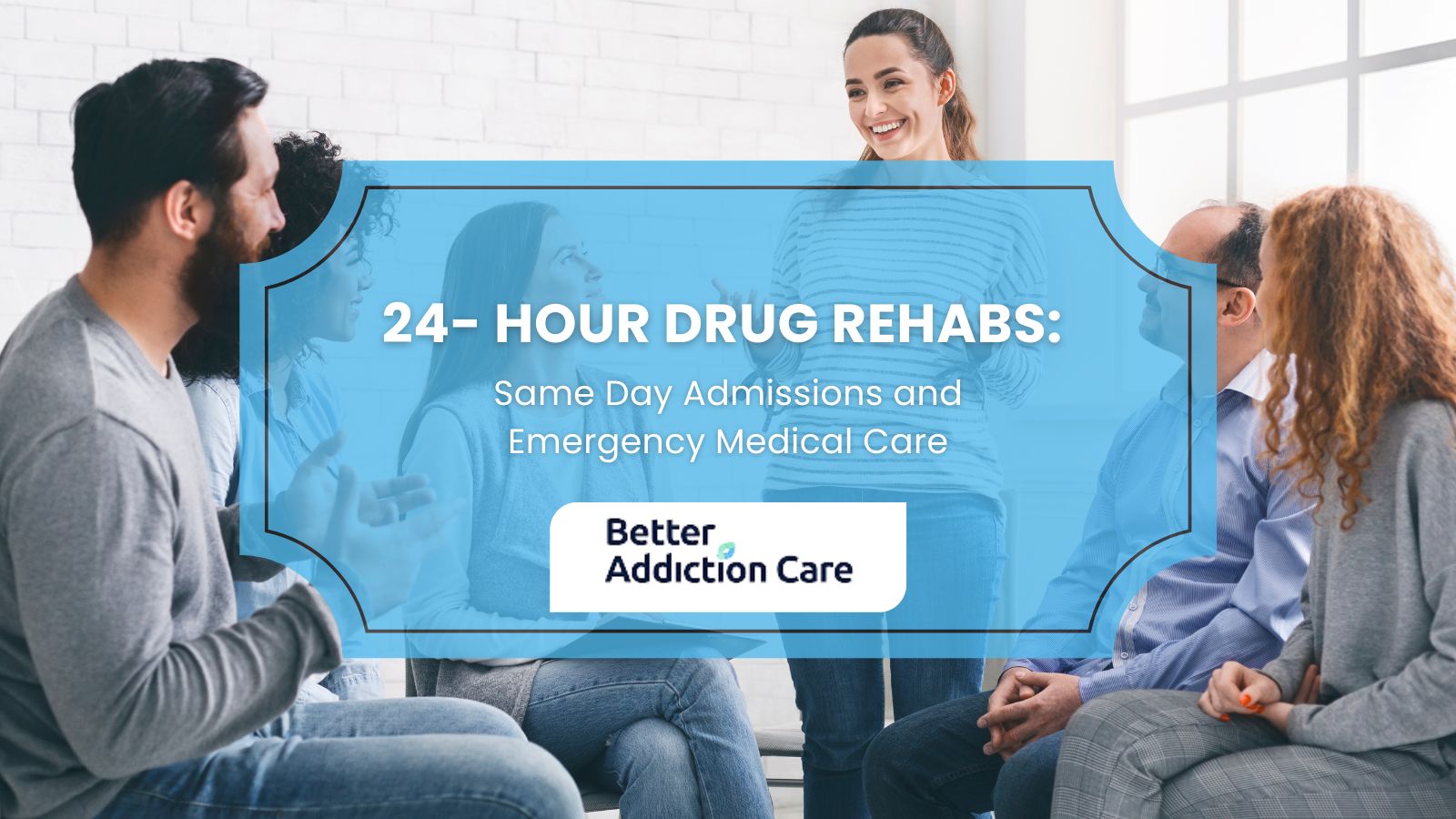90 Day Rehab
A 90-day rehab is an intensive treatment program for substance use disorders that includes medical detox, therapy, and aftercare planning to enhance long-term recovery outcomes.
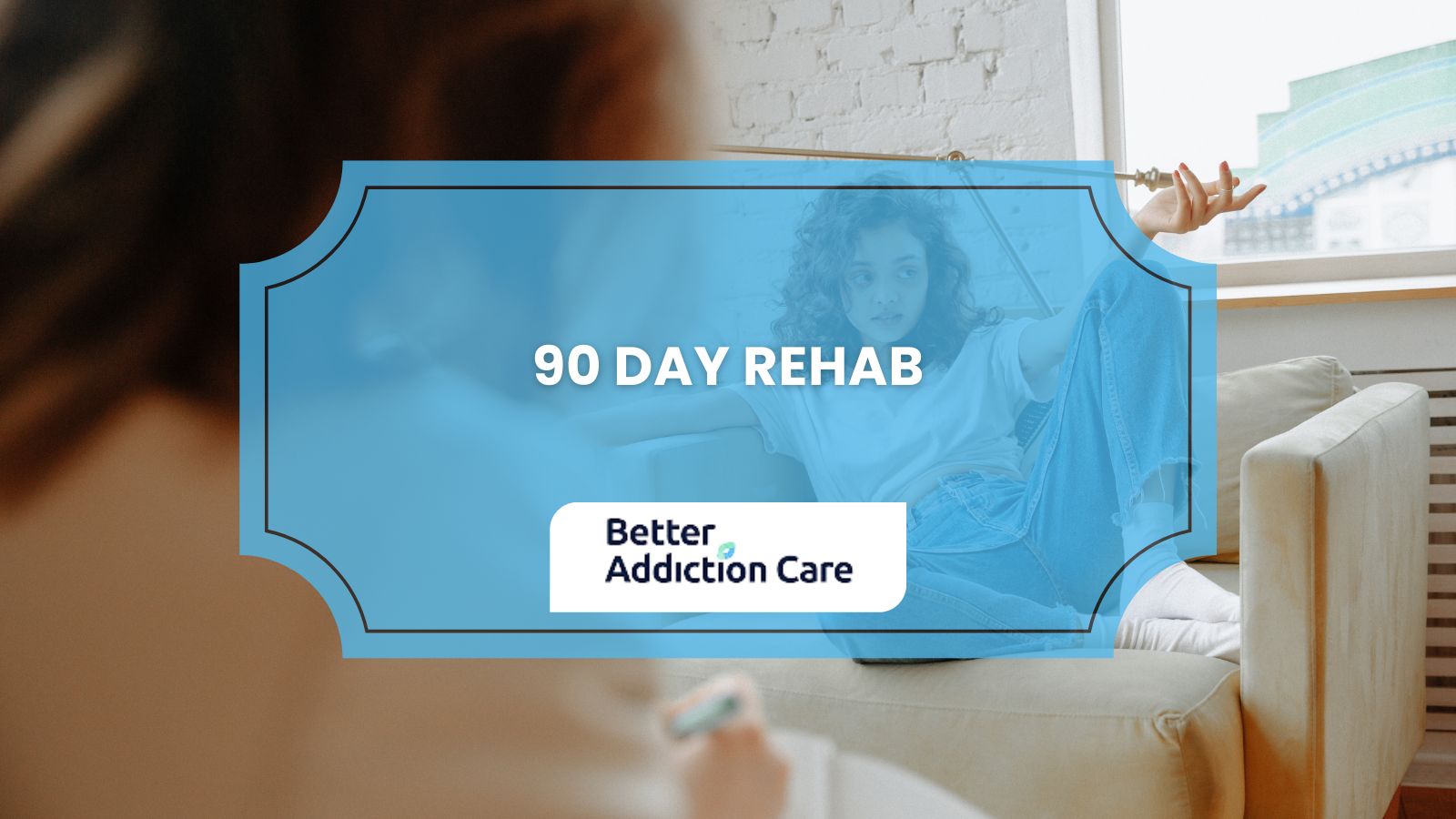
According to the National Institute on Drug Abuse (NIDA), completing the full course of treatment is crucial, as those who withdraw early (within 90 days) are 2.85 times more likely to require readmission compared to those who complete treatment successfully. Only about 22.6% of patients achieve therapeutic discharge, while approximately 34.1% withdraw within the first 90 days.
90-day rehab involves medical detoxification, intensive therapeutic interventions, skill-building activities, and a gradual transition to outpatient care.
Benefits of 90-day rehab include personalized treatment, detoxification, therapy, and the development of life skills, all contributing to improved long-term sobriety and lower relapse rates.
What is a 90-day Rehab?
90-day rehab is an intensive, comprehensive substance use disorder treatment program lasting approximately three months, designed to address addiction through detox, therapy, and aftercare planning. You undergo medical detox to manage withdrawal, followed by behavioral therapies like cognitive behavioral therapy to address triggers, and participate in group or individual counseling. The program aligns with the National Institute on Drug Abuse’s recommendation for at least 90 days of treatment to improve long-term recovery outcomes. You receive care in inpatient or outpatient settings, depending on severity, with a focus on relapse prevention and rebuilding stability.
What is The Structure of a Basic 90-Day Drug and Alcohol Rehab Program?
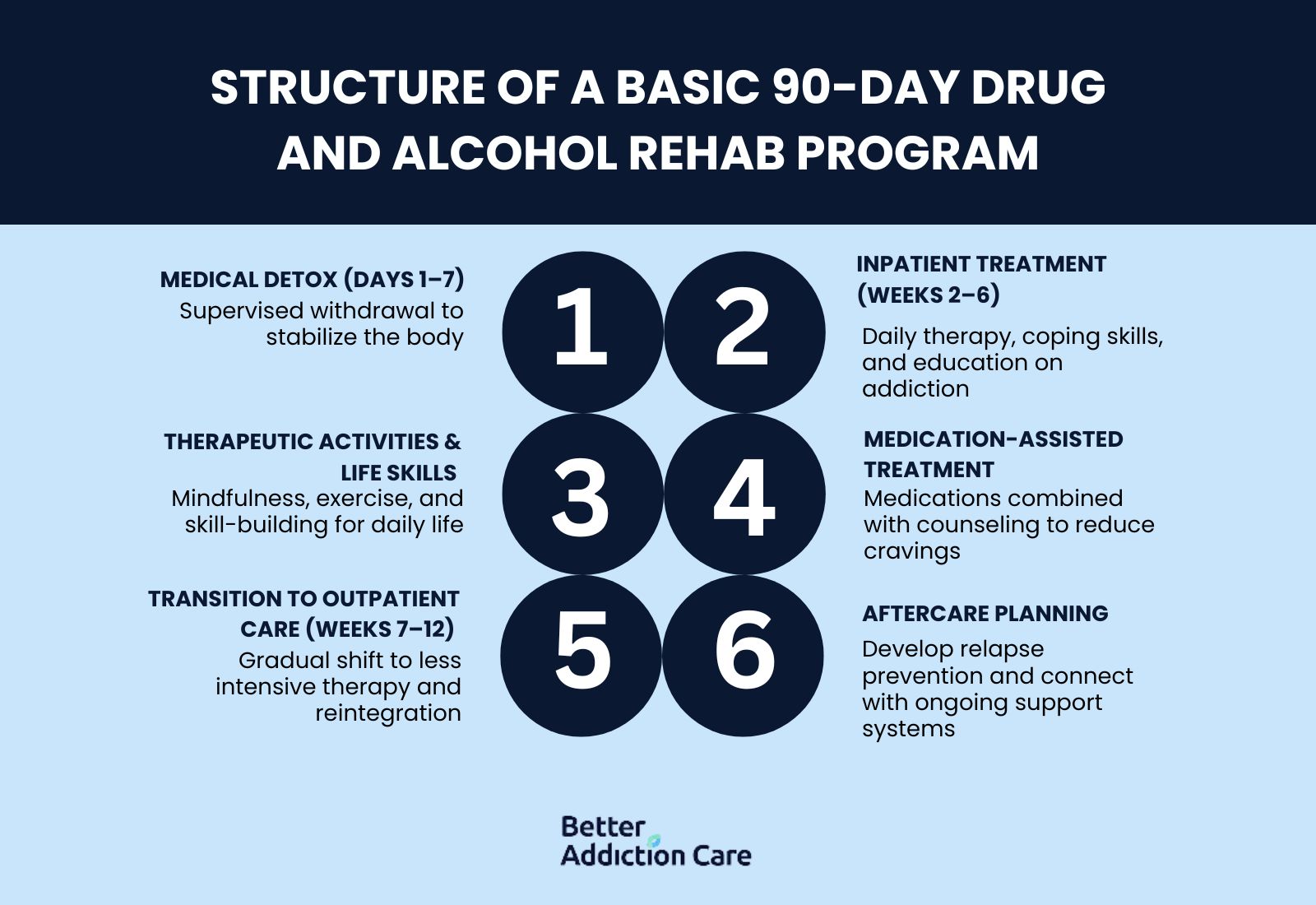
The structure of a basic 90-day drug and alcohol rehab program consists of medical detoxification, intensive therapeutic interventions, skill-building activities, and gradual transition planning. The journey typically begins with supervised medical detox, continues through comprehensive inpatient treatment featuring both individual and group therapy, and concludes with carefully planned reintegration into community life.
Here is the structure of a basic 90-day drug and alcohol rehab program:
-
Medical Detox (Days 1–7): You undergo supervised withdrawal to safely manage physical dependence and begin stabilizing your body.
-
Intensive Inpatient Treatment (Weeks 2–6): You participate in daily individual and group therapy sessions, learn coping skills, and receive education about addiction and relapse prevention.
-
Therapeutic Activities and Life Skills Training: You engage in activities such as mindfulness, exercise, and vocational or social skills development to rebuild your daily routine.
-
Medication-Assisted Treatment (If Applicable): You receive prescribed medications alongside counseling to reduce cravings and support long-term sobriety.
-
Transition to Outpatient Care (Weeks 7–12): You gradually shift to less intensive therapy while preparing for reintegration into your home and community environment.
-
Aftercare Planning: You work with counselors to develop a personalized relapse prevention plan, connect with support groups, and establish ongoing care to maintain recovery beyond the program.
What Are The Benefits Of A 90-day Rehab?

The benefits of a 90-day rehab include comprehensive personalized treatment, medically supervised detoxification, and intensive therapeutic interventions, creating a foundation for long-term recovery success.
According to Greenfield, L.’s 2004 study, ‘Effectiveness of long-term residential substance abuse treatment for women: findings from three national studies’, those completing treatment goals within 3-5 months achieved 76-78% abstinence, compared to only 51-52% for non-completers, highlighting that both treatment completion and adequate duration are critical success factors.
Here are the key benefits of a 90-day rehab:
-
Comprehensive and Personalized Care: A 90-day rehab program provides a thorough treatment approach that addresses the physical, mental, and emotional aspects of addiction. Treatment plans are tailored and adjusted continuously to meet the evolving needs of each patient, ensuring highly personalized care throughout the recovery process.
-
Effective Detoxification with Medical Support: The program begins with medically supervised detoxification lasting about 4 to 7 days, ensuring a safe and comfortable withdrawal from substances. This critical phase prepares the body and mind for deeper therapeutic work.
-
In-Depth Therapy and Counseling: Extended time allows for multiple therapy modalities, including individual, group, and family counseling, along with behavioral therapies like cognitive-behavioral therapy (CBT). These sessions target the root causes of addiction and equip patients with practical coping skills and relapse prevention strategies.
-
Dual Diagnosis Treatment: Many 90-day programs integrate treatment for co-occurring mental health disorders alongside addiction. Addressing both simultaneously improves overall outcomes and reduces the risk of relapse by stabilizing mental health conditions.
-
Development of Life Skills and Relapse Prevention: The longer duration enables patients to focus on essential life skills such as financial planning, employment readiness, and building healthy relationships. Patients also develop and practice relapse prevention plans, which are critical for sustained sobriety after leaving rehab.
-
Stronger Support Network Formation: Spending three months in rehab fosters meaningful connections with peers and staff, creating a supportive community that provides ongoing encouragement, accountability, and motivation during and after treatment.
-
Improved Long-Term Sobriety and Lower Relapse Rates: Patients completing 90-day programs have significantly higher rates of sustained sobriety.
-
Medication-Assisted Treatment (MAT) Integration: When appropriate, 90-day programs incorporate MAT to manage withdrawal symptoms and cravings, particularly for opioid addiction. This dual approach of medication plus therapy enhances recovery success by addressing both physical dependence and psychological factors.
Who Needs 90-day Rehab?
Veterans and individuals with severe substance use disorders (SUDs), co-occurring mental health conditions, or limited support systems need 90-day rehab. This extended treatment addresses complex recovery needs through medical detox, evidence-based therapies (e.g., CBT), and structured environments aligned with NIDA’s 90-day guideline for effective outcomes.
You require this program if you face chronic addiction, PTSD, or dual diagnoses needing integrated mental health care. VA benefits often cover these services for eligible veterans, while residential care provides stability for those lacking external support. The program emphasizes relapse prevention, peer support (e.g., 12-Step models), and transitional planning to help you reintegrate into daily life with sustained sobriety.
What To Expect In A 90-day Rehab?
In a 90-day rehab, expect a structured process beginning with medically managed detox to stabilize withdrawal symptoms, followed by evidence-based therapies like cognitive behavioral therapy (CBT) and group sessions to address addiction triggers. You undergo holistic activities (e.g., mindfulness, fitness) and life skills training to rebuild routines. The program includes relapse prevention planning and transitions to outpatient care or aftercare support. By completion, you focus on restoring relationships, self-esteem, and long-term sobriety.
What Are The Differences Between 90-day Rehab And 30-day Rehab?
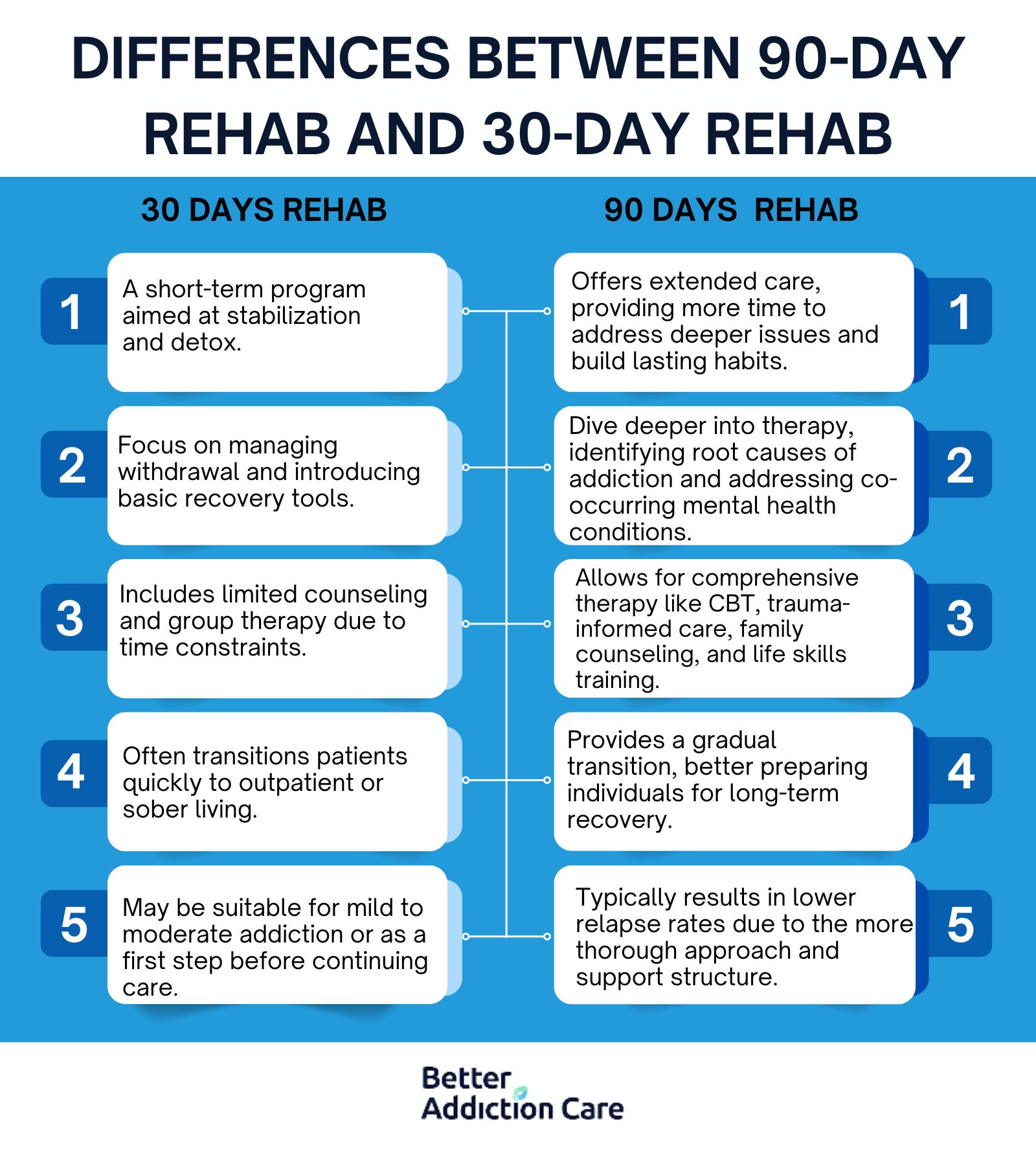
The differences between 90-day rehab and 30-day rehab lie in duration, depth, and outcomes. A 90-day program provides extended care to address complex addiction, co-occurring mental health conditions, and behavioral patterns, while a 30-day rehab focuses on stabilization and detox. In 90-day rehab, you engage in prolonged therapy (e.g., CBT, group sessions) and gradual outpatient transitions, whereas 30-day programs prioritize immediate withdrawal management.
How Much Does 90-day Drug Rehab Cost?
90-day drug rehab costs around $20,000 to $60,000 on average. The exact price depends on factors such as the facility’s location, level of care, amenities, and whether it is inpatient or outpatient. Luxury or private rehab centers charge upwards of $80,000 for 90 days, while state-funded or nonprofit programs offer significantly lower costs or free treatment based on your financial eligibility. You should also consider additional expenses like medication-assisted treatment, aftercare, and therapy sessions, which affect the total cost.
How Does Length Of Stay In Rehabilitation Programs Impact Addiction Recovery Success Rates?
Yes, the length of stay in rehabilitation programs directly impacts addiction recovery success rates. Longer stays allow for more intensive therapy and skill-building, which are crucial for lasting sobriety. According to Turner, B.’s 2016 study, ‘Length of stay as a predictor of reliable change in psychological recovery and well being following residential substance abuse treatment’, the mean length of stay that differentiated reliable change from no improvement in residential drug treatment was 37.37 days. Their study of 380 clients found that significant improvements in wellbeing and recovery were 1.5 to 2.5 times more likely to occur after 90 days of treatment.
How to Find the Nation’s Top 90-Day Drug Rehab Programs?
To find the nation's top 90-day drug rehab programs, begin by researching accredited facilities that specialize in comprehensive addiction treatment. Look for centers with proven success rates, qualified medical staff, and evidence-based therapies tailored to your specific needs.
The premium facilities in our nationwide network are continuously accepting new patients seeking effective recovery solutions. Take the first step toward lasting sobriety by calling our confidential helpline today or using our convenient drug rehab locator to find treatment options tailored to your unique recovery journey.


